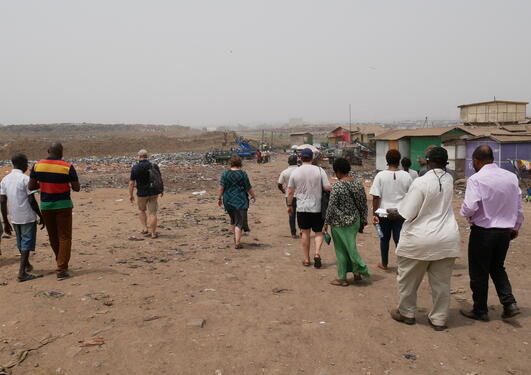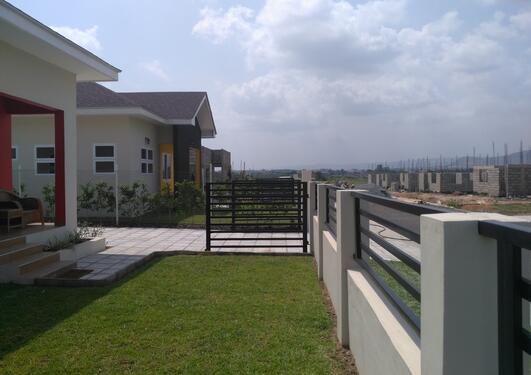Spatial detachment as an aesthetics of imagination
What are the drives behind the recent developments in sub-Saharan African cities, and how can we understand the new forms of spatial segregation emerging in Africa’s urban spaces? These are some of the questions asked by Nielsen, Sumich and Bertelsen in their recent publication in Urban Studies.

Hovedinnhold
“Something peculiar is happening in cities across sub-Saharan Africa: without political coordination and lacking overall synchronization of collective and governmental strategies, cities are beginning to move at a similar socio-economic velocities as if prompted by the same ‘urban engine’”.
With this captivating introduction, the authors begin their detailed and insightful analysis of the concept of enclaving in sub-Saharan African cities. Focusing on Mozambique, Nielsen, Sumich and Bertelsen offer three separate vignettes enlightening current changes in Maputo’s urban scene.
‘Enclaving’ is here seen as “a generative and transformative cultural orientation regarding the relationship between urban social life and the city’s built environment based on a notion of special detachment by which social actors engage with and co-produce the urban order”. The authors take this concept forward, looking into enclaving not only as a physical form of separation, but also as an ‘aesthetics of imagination’. Following this, the paper illustrates the social drive of spatial detachment, and shows how an aesthetics of imagination is represented by different social practices and spaces and various economic and political aspirations.
In contrast to American and European cities, physical separation in sub-Saharan Africa seems to be less focused around material forms of segregation, and more about the migration of spaces and material forms, the authors conclude. Enclaving as an aesthetics of imagination gives the city concreteness, solidity and magnitude without necessarily trapping it physically, and it might therefore be necessary to go beyond localized spatial fixity of enclaving to understand the contemporary urban processes in sub-Saharan Africa.
Read the full paper here.

